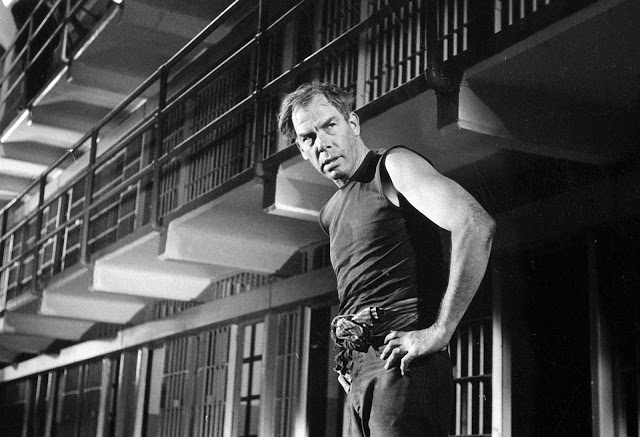 As regular readers of this site will know, my second novel, Gunshine State, has recently been re-released.
As regular readers of this site will know, my second novel, Gunshine State, has recently been re-released.
To mark the occasion, the fine folks at my publisher, Down and Out Books, asked me to stop by their site and say a few works about the book.
Gunshine State has a number of literary influences. I am a big fan of the Crissa Stone books by Wallace Stroby and Australian writer Garry Disher’s Wyatt books. But my most obvious inspiration—and probably my desert island series—is the character of the master thief Parker, created by Richard Stark aka Donald Westlake.
For my post for the Down and Out Books site, I decided to talk about the very fine line between being influenced by your favourite crime writers and falling into a straight out pastiche or imitation. Doing the former without plunging into latter is something I was very conscious of, as I was writing Gunshine State – my attempt to do an Australian take on the heist gone wrong story – and the follow up, which I am currently in the midst of, Orphan Road.
The piece is available to read in full here.
And, if you are after a good weekend read, Gunshine State is available in all formats here.… Read more























